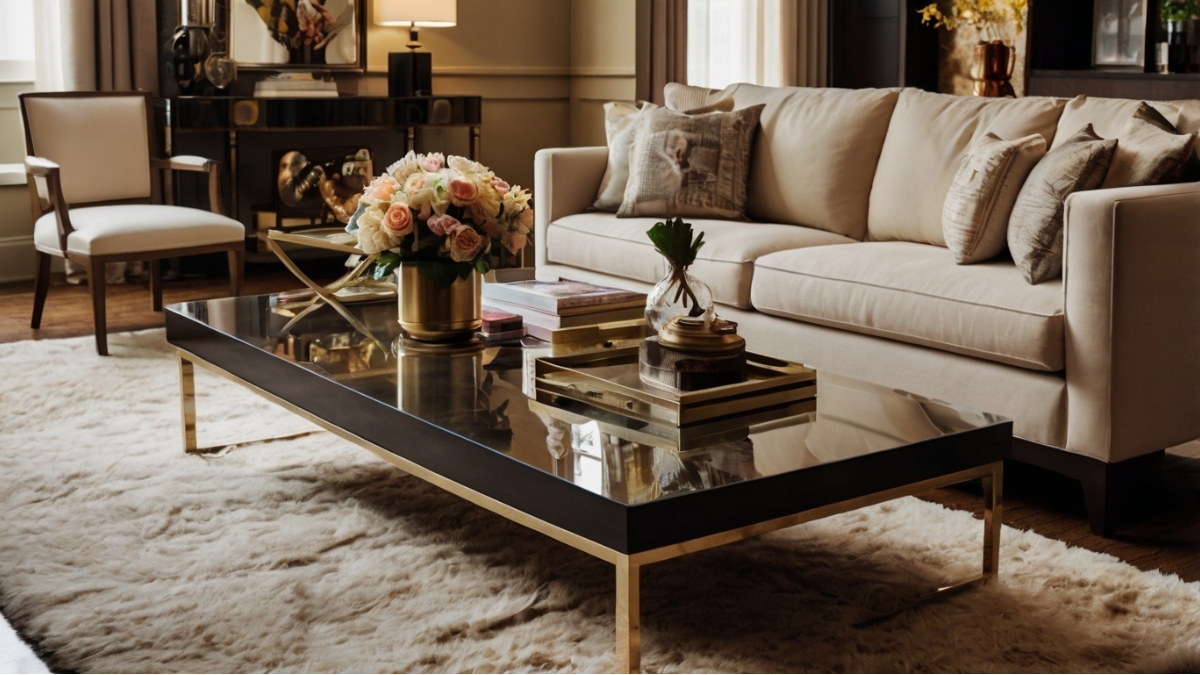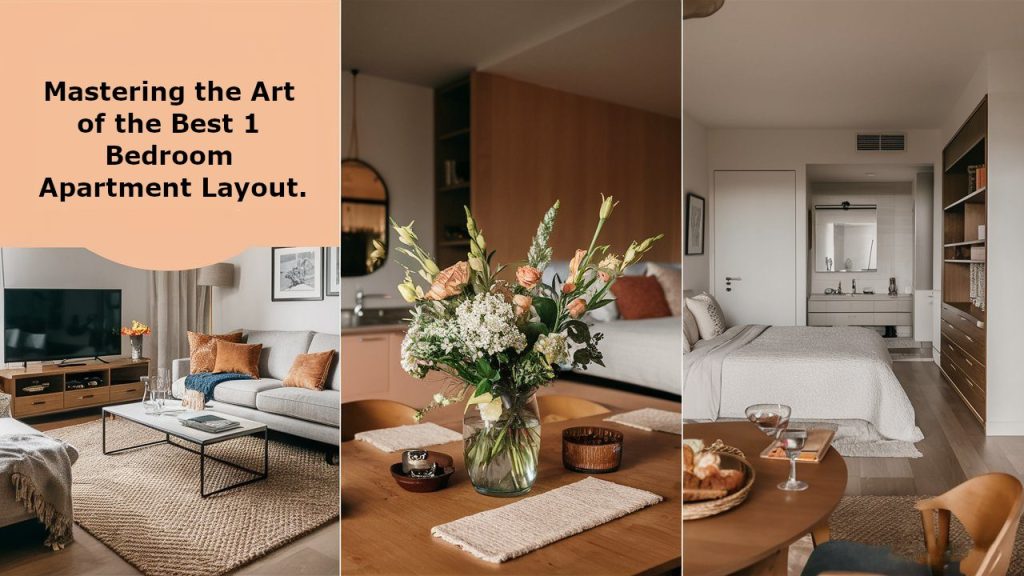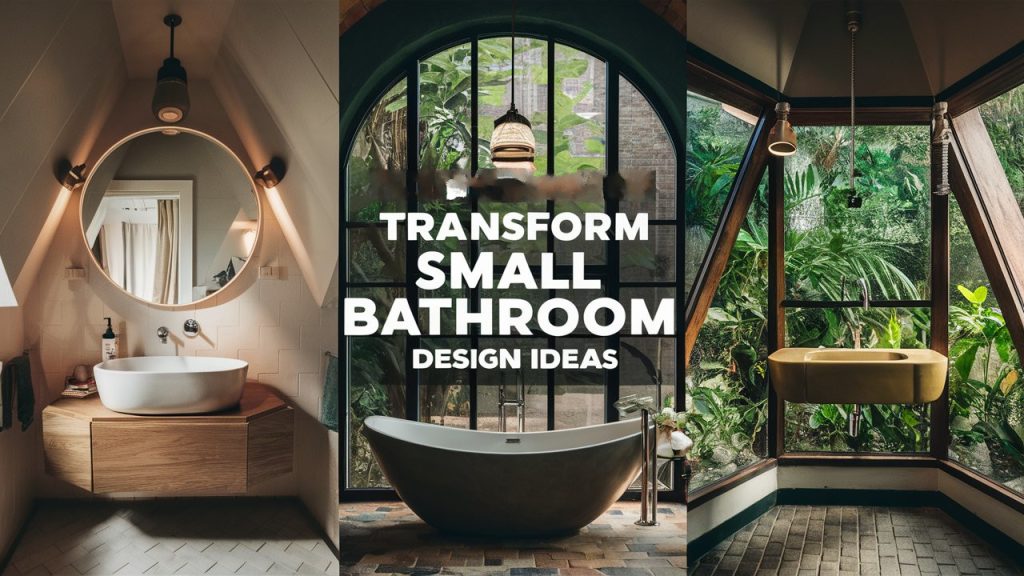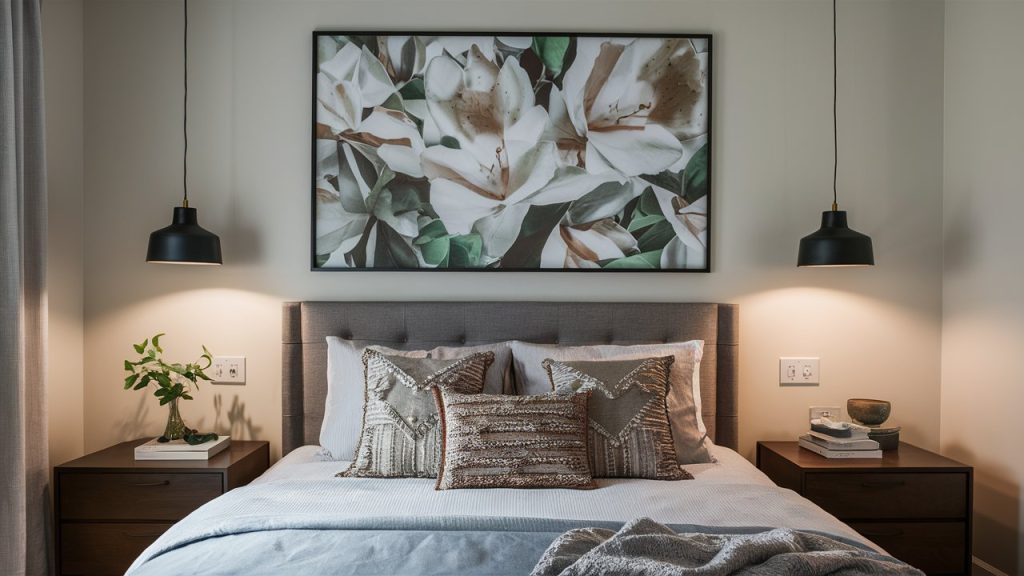When it comes to hospitality design, details matter. A well-decorated coffee table decor may seem like a small element, but in hotels and cafes, it’s one of the most effective focal points to set the tone of a space. The living room decor farmhouse trend blends rustic warmth with modern comfort, offering a timeless and inviting aesthetic perfect for public spaces where charm and durability must coexist. For hospitality professionals, this balance can be the key to creating environments that not only look incredible but feel welcoming and functional for guests.
Whether you manage a cozy boutique hotel or a trendy city cafe, curating stunning coffee table decor is an opportunity to showcase personality, engage customers, and express your brand identity.
Key Takeaways
Table of Contents
Why Coffee Table Decor Is a Game-Changer in Hospitality Design
In the hospitality industry, first impressions are crucial. A guest might walk through the door of your hotel or cafe and decide in seconds whether the space feels upscale, cozy, or memorable. The coffee table plays a central role in this equation—especially in communal or lounge areas—serving both a visual and practical purpose.
Coffee tables aren’t just for coffee. They’re platforms for storytelling. A well-dressed table communicates your brand’s values—whether that’s rustic authenticity, high-end minimalism, or laid-back boho chic. For instance, The Birch Grove Inn in Vermont incorporates a rustic reclaimed wood coffee table with artisanal coasters and a curated selection of nature photography books. This not only reinforces the hotel’s eco-friendly mission but creates conversation starters for guests.
In cafes, the table décor can subtly encourage patrons to linger longer. A candle in a reclaimed glass holder, a plant in a terracotta pot, and a locally sourced ceramic tray can transform a functional surface into an Instagram-worthy experience. These visuals are shared online, driving organic marketing and brand visibility.
Most importantly, coffee table decor in commercial spaces must balance durability with beauty. The decor has to withstand high traffic, spills, and constant rearranging—meaning your choices must be both aesthetic and practical.
The Farmhouse Style in Hospitality: Blending Rustic Elegance with Practicality
The farmhouse trend has transcended its countryside roots and is now a staple in urban hospitality design. At its core, living room decor farmhouse brings together raw textures, soft neutrals, and curated imperfections—perfect for making commercial spaces feel lived-in and cozy without sacrificing sophistication.
One key reason this style thrives in hospitality settings is its approachability. Guests respond positively to spaces that feel both stylish and familiar. By integrating weathered wood, linen fabrics, iron accents, and earth-toned ceramics, the farmhouse aesthetic creates warmth without excess. It invites people to slow down, relax, and connect.
Whistle & Pine Café in Portland, Oregon embraced this style by using whitewashed wood tables paired with decorative trays filled with mini succulents, vintage spoons, and neatly stacked coasters. Not only do these elements tie into their eco-conscious branding, but they also serve functional needs. Every element, from tray to decor item, can be cleaned easily, replaced affordably, and reorganized quickly.
Functionality is especially important in hospitality, where decor is frequently handled or shifted. Choosing resilient materials like galvanized metal, distressed oak, or stone-finished ceramics ensures your setup stays fresh and intact for months.
Farmhouse decor also works wonders for seasonality. It transitions seamlessly from spring florals and woven baskets to winter candles and pinecones, offering a decor cycle that remains on-trend and budget-friendly.
Mastering High-Traffic Coffee Table Styling: Design Meets Durability
Designing a coffee table in a hospitality environment goes far beyond aesthetics—it requires strategy. The challenge lies in creating a beautifully styled table that withstands the hustle of guests coming and going. This includes coffee spills, curious children, or even the occasional guest moving items around.
The solution is rooted in both layout and material choice. Begin with a foundation that respects the rule of thirds—visually dividing the table into three sections. In one section, place a taller item like a ceramic vase or lantern. In another, use a medium-height stack of books. The final section might include a low tray or bowl. This layout creates visual balance and helps guests understand the table’s spatial arrangement intuitively.
Material selection plays an equally vital role. Choose items made of weather-resistant or wipeable materials. For example, opt for matte-finished metal over delicate glass, or faux plants instead of real ones that require watering and shed leaves. Pieces should have a low center of gravity to avoid tipping over easily—especially in busy cafes or hotel lounges.
Designers often turn to multi-functional elements. A deep wooden bowl might serve as a catch-all for sugar packets during the day and hold candles in the evening. That flexibility not only boosts function but also reduces the number of individual decor pieces needed—streamlining your cleaning and upkeep process.
Expert Tip: Interior stylist Leah Sutter of Clover Design Co. notes that “successful commercial table decor is always anchored by one durable base piece—like a wooden tray—and surrounded by smaller, swappable elements. This reduces visual noise and boosts practicality.”
Elevating the Aesthetic with Decorative Trays: Practical and Beautiful
If there’s a single decor element that every hospitality designer swears by, it’s the decorative tray. These stylish yet functional items serve as anchors for tabletop vignettes and instantly elevate the coffee table’s appeal while maintaining order.
In busy environments like hotel lobbies or cafes, a tray creates a contained space for objects—making the table look curated, not cluttered. Whether it’s a marble tray showcasing candles or a rustic wood tray holding sugar packets and menus, the tray becomes both a utility item and a style statement.
Decorative trays also simplify cleaning and resetting. Rather than moving a dozen individual pieces during cleanup, staff can lift the entire tray and replace or clean as needed. This efficiency is critical in high-turnover settings like breakfast lounges or cafe corners.
Popular Tray Materials for Hospitality and Their Pros
Material | Visual Style | Durability | Maintenance | Ideal For |
Wood | Rustic/Farmhouse | High | Easy | Hotels, cozy cafes |
Marble | Elegant/Modern | Medium | Medium | Upscale lounges |
Metal | Industrial/Minimal | High | Easy | Coffee shops, urban spaces |
Acrylic | Sleek/Contemporary | Very High | Very Easy | Outdoor café tables, modern hotels |
Harborlight Hotel Group uses dark walnut trays to unify tabletop setups across five of their boutique properties. Each tray holds a rotating selection of books, local artisanal goods, and seasonal decor—helping maintain brand consistency while celebrating local flair.
Centerpieces That Spark Connection: From Candles to Conversation Starters
A centerpiece is more than a visual anchor—it’s a spark for interaction. In hospitality settings, coffee table centerpieces should evoke curiosity, comfort, or conversation. Think of it as a micro-story told through objects that align with your brand.
Candles are a top choice for ambiance. Flameless candles with built-in timers are safe, hassle-free, and provide a soft, welcoming glow. These are often paired with natural elements like driftwood, pinecones, or stone to enhance the farmhouse aesthetic.
Books, especially those related to travel, design, or local culture, are timeless. They give guests something to flip through while waiting or relaxing, and they reflect your establishment’s personality. A coffee table at a seaside inn might include books about marine life or local lighthouses, while an urban cafe may lean toward indie art books or culinary photography.
A unique addition gaining popularity is the multi-use centerpiece. For example, The Lantern Lounge in Savannah uses a large, rustic bowl as a centerpiece. During the holidays, it’s filled with seasonal elements like pinecones and ornaments. In the summer, it holds shells and driftwood. This one piece anchors the table while shifting with the seasons—keeping decor fresh and interesting.
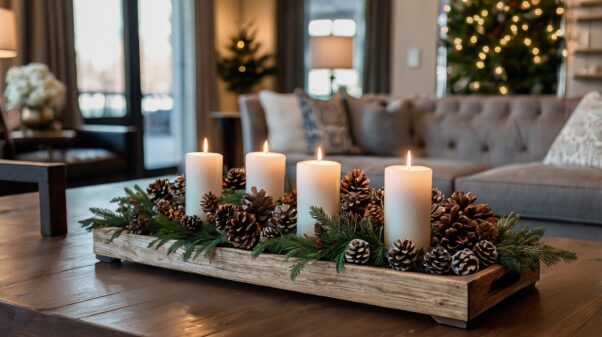
Seasonal farmhouse centerpiece on hotel coffee table
Cost-Conscious Creativity: Budget-Friendly Decor That Doesn’t Skimp on Style
Decorating multiple coffee tables in hotels or cafes can strain the budget if not planned wisely. The good news is, you don’t need to sacrifice style to stay within financial limits—especially when embracing living room decor farmhouse style, which celebrates simple, organic, and repurposed design.
Many decorative elements used in farmhouse style are inherently budget-friendly. For instance, wicker baskets, galvanized trays, and faux florals are all affordable and durable. You can create visual richness through layers and textures rather than high-end materials. Burlap runners, linen coasters, and painted mason jars can be sourced in bulk and styled differently across various tables for visual variety.
Smart sourcing is also key. Vendors like Faire, Alibaba, and World Market’s business portal offer wholesale pricing for commercial clients. Bulk buying allows for better per-unit pricing and ensures consistency across multiple properties or seating areas.
You can also explore multi-use décor to maximize ROI. A wooden tray can serve as both a practical accessory and a seasonal centerpiece. A stack of neutral-toned books can complement any setting while adding vertical interest. By choosing timeless colors—think creams, browns, olives—you create a flexible base for swapping in accents like red berries in winter or soft greenery in spring.
Smart Ways to Stretch Your Decor Budget
Strategy | Example | Impact |
Buy in Bulk | Set of 10 trays from a wholesaler | Saves 30-50% on unit cost |
Use Neutral Base Elements | Cream vases, whitewashed wood pieces | Works year-round with seasonal swaps |
Invest in Reusables | Faux florals, LED candles | Reduces monthly refresh costs |
Incorporate DIY Pieces | Painted jars, hand-labeled coasters | Adds personality and reduces spend |
The Nest Café in Indianapolis refreshed their entire table decor using $500 worth of bulk-sourced items, including jute placemats, iron trays, and faux eucalyptus bundles. The change improved online reviews mentioning ambiance by 22% in just two months.
Nature Indoors: Plant-Based Decor That Breathes Life into Hospitality Spaces
Greenery instantly elevates any room, especially when paired with farmhouse aesthetics. Plants bring softness, movement, and life to static tables, making them an ideal feature in hotel lobbies or cafe lounges. But in commercial environments, practicality reigns supreme—meaning decor must be low-maintenance, long-lasting, and easy to replace.
The key is choosing hardy or faux varieties. Real plants like succulents, ZZ plants, and snake plants thrive indoors with minimal care. Faux options have improved significantly in realism and can be reused across seasons. Whether placed in small ceramic pots or rustic wooden planters, greenery ties in seamlessly with wood textures and linen finishes commonly found in farmhouse decor.
Adding a plant to a coffee table enhances the biophilic design concept—connecting guests with nature in subtle, calming ways. Studies in hospitality design show that spaces incorporating natural elements have higher satisfaction ratings, longer guest dwell time, and improved air quality perception.
Use Case: Blue Fern Hotel in Santa Barbara incorporates faux lavender bundles on every coffee table, housed in terracotta pots and paired with olivewood trays. The result is an effortlessly serene environment that requires no ongoing upkeep.
Strategically, greenery also serves a visual purpose—it softens harder edges, breaks up monotony, and adds organic movement. This helps balance other decor like books or metal trays, ensuring your table looks vibrant rather than staged.
Layered for Impact: Books, Bowls & Boho Accents in Farmhouse Styling
Layering is a design technique that adds richness and depth to decor, and it’s especially effective for farmhouse coffee table styling. Rather than a single centerpiece, the table becomes a curated landscape of textures and shapes that invite curiosity.
Start with a base layer—a tray, runner, or large decorative book. On top, add smaller elements such as ceramic bowls, handwoven coasters, or votive candles. Bowls filled with moss balls, polished stones, or decorative orbs create natural focal points without feeling fussy. Balance the tactile elements (like linen or rattan) with solid pieces (such as a matte-finished vase or wooden box).
Boho-inspired accents blend beautifully with farmhouse style when done subtly. Think macramé coasters, beaded garlands, or fringe-trimmed textiles in neutral tones. These additions soften the rustic aesthetic without overpowering it, adding personality and cultural richness.
Expert Insight: According to hospitality designer Ana Ledesma, “Layering tells a story. A book on regional architecture next to a local artisan bowl connects your guest to the space and location—turning your decor into a narrative.”
Books remain one of the most functional and visually compelling elements. Choose titles that align with your brand’s values. A wellness-focused hotel may feature books on mindfulness and nature, while a travel-themed café might showcase destination photography or local history.
Seasonal Shifts: Rotating Decor to Keep Guests Engaged Year-Round
One of the biggest advantages of farmhouse decor is its adaptability. With a few well-placed accents, you can shift the entire mood of a coffee table to match the season—keeping your hospitality space feeling fresh and intentionally designed.
In spring, lightweight linens, pastel-colored pottery, and faux florals like tulips or lavender add energy and brightness. In summer, you can switch to seashells, driftwood, and jute coasters to evoke a breezy, coastal vibe. Come fall, introduce warm tones—burnt orange candles, plaid runners, and dried leaves. Winter calls for pinecones, cedar sprigs, and candlelight to create cozy intimacy.
This rotation doesn’t require an entirely new inventory each season. With a core set of neutral, reusable pieces like trays, vases, and books, you can simply swap smaller items to reflect the time of year. This method keeps costs down while signaling thoughtful design to your guests.
Case Study: The Hearthstone Inn in upstate New York rotates its decor quarterly. Their coffee tables feature pine-scented candles and berry garlands in winter, which are replaced with wildflower arrangements and ceramic birds in spring. These subtle changes are reflected in guest reviews and even social media tags.
Conclusion: Coffee Table Decor That Elevates Experience, Not Just Aesthetics
Thoughtfully styled coffee tables are more than just decor—they are strategic tools in creating meaningful guest experiences. In hospitality, where first impressions and ambiance directly influence satisfaction, integrating living room decor farmhouse styling into coffee tables can elevate every corner of your space. From decorative trays and durable centerpieces to layered books and seasonal touches, these design choices balance function with form.
Embrace pieces that reflect your brand story, offer sensory engagement, and stand up to everyday use. When done right, your coffee table becomes not just a surface—but a stage for connection, curiosity, and comfort.
Final Thoughts
Coffee table decor in hotels and cafes is no longer an afterthought—it’s a strategic design element that reinforces your brand, invites guest interaction, and enhances the ambiance of your space. By leveraging farmhouse-inspired elements like natural wood, layered textiles, and greenery, you can achieve stunning visual results that are also practical for high-traffic commercial settings.
Whether you’re a boutique hotel owner looking to create cozy communal lounges or a cafe manager wanting to create Instagrammable moments, living room decor farmhouse offers an accessible and timeless palette to work from.
Frequently Asked Questions
Below are detailed answers to common questions that interior designers, hotel managers, and cafe owners often have when styling commercial coffee tables. Each question also aligns with SEO-friendly search terms to help this article serve as both a style guide and a search-optimized resource.
What are some modern coffee table decor ideas for hospitality spaces?
Modern decor for hospitality coffee tables focuses on clean lines, purposeful objects, and subtle contrasts in texture. For example, combining a matte-black metal tray with a smooth white ceramic vase and a stack of architecture-themed books creates a high-end, minimalist feel. Using a single sculptural object, such as a carved stone or abstract figurine, can also serve as a statement piece without clutter.
Modern styles pair beautifully with elements of living room decor farmhouse when you layer natural textures like reclaimed wood underneath sleek metal pieces. This contrast creates an inviting but sophisticated atmosphere that works well in both hotels and urban cafes.
How can I create minimalist coffee table decor that still feels warm?
Minimalism doesn’t have to mean cold or sterile. In hospitality spaces, minimalist decor is best achieved through careful curation. Start with a high-quality tray, add a single candle (flameless for safety), and include one textured object—perhaps a linen-bound book or a terracotta pot.
By limiting your decor to just two or three items and using earthy, neutral tones, you create visual breathing space while maintaining warmth. This is especially effective in smaller seating areas or lounges where you want a clean but comfortable vibe.
What are the best decorative trays for coffee tables in hotels and cafes?
The ideal tray should be both stylish and practical. Wood trays are perfect for farmhouse aesthetics, offering warmth and durability. Acrylic trays, on the other hand, are sleek, modern, and easy to wipe clean—ideal for high-traffic cafes.
In boutique hotels, marble trays bring a touch of luxury and pair well with elegant decor elements. Choose a tray at least 12–16 inches wide to accommodate a book, a candle, and a small vase or bowl, which together create a balanced look.
How do I design a seasonal coffee table centerpiece without frequent overhauls?
Invest in a neutral, versatile base—such as a rustic wooden bowl or low-profile tray—and simply switch out seasonal elements. In spring, use faux tulips or ceramic birds. For autumn, try mini pumpkins or amber glass bottles. Winter calls for pine sprigs and cinnamon sticks in a bowl, while summer might showcase seashells or linen napkins.
Rotating a few small, themed pieces throughout the year ensures the space always feels fresh without constant redecorating or high costs.
What are the best plants for coffee table decor in commercial settings?
Faux or low-maintenance real plants are best. Consider:
● Faux eucalyptus or lavender: Realistic, affordable, and reusable.
● Succulents: Small, low-maintenance, and trendy.
● ZZ plants or snake plants: Resilient, great for lobbies or lounges with natural light.
Choose plants in compact containers that match your design theme—wicker baskets for farmhouse, matte pots for minimalist spaces. Greenery adds texture, movement, and a calming vibe—critical for guest satisfaction.
How do I style a small space coffee table in a cafe without overcrowding?
Use the “less is more” approach. Start with a single round tray (preferably no larger than 10–12 inches in diameter). Add one focal item like a small plant or candle, and complement it with a stack of mini coasters or a small branded sign.
In tight spaces, every item must earn its place. Opt for multi-functional pieces such as a tray that can also hold menus or condiments. Keeping decor contained and simple prevents clutter and enhances usability.

Robert Martin is a passionate blogger and versatile content creator exploring the intersections of personal finance, technology, lifestyle, and culture. With a strong background in financial literacy and entrepreneurship, he helps readers make smarter money moves, build sustainable side hustles, and achieve financial independence.
Beyond finance, Robert shares his insights on home decor and gardening—offering practical ideas for creating beautiful, functional living spaces that inspire comfort and creativity. He also dives into the dynamic worlds of sports and celebrity news, blending entertainment with thoughtful commentary on trends that shape today’s pop culture.
From decoding the latest fintech innovations to spotlighting everyday success stories, Robert delivers content that’s informative, relatable, and actionable. His mission is to empower readers to live well-rounded, financially confident lives while staying inspired, informed, and ahead of the curve.

